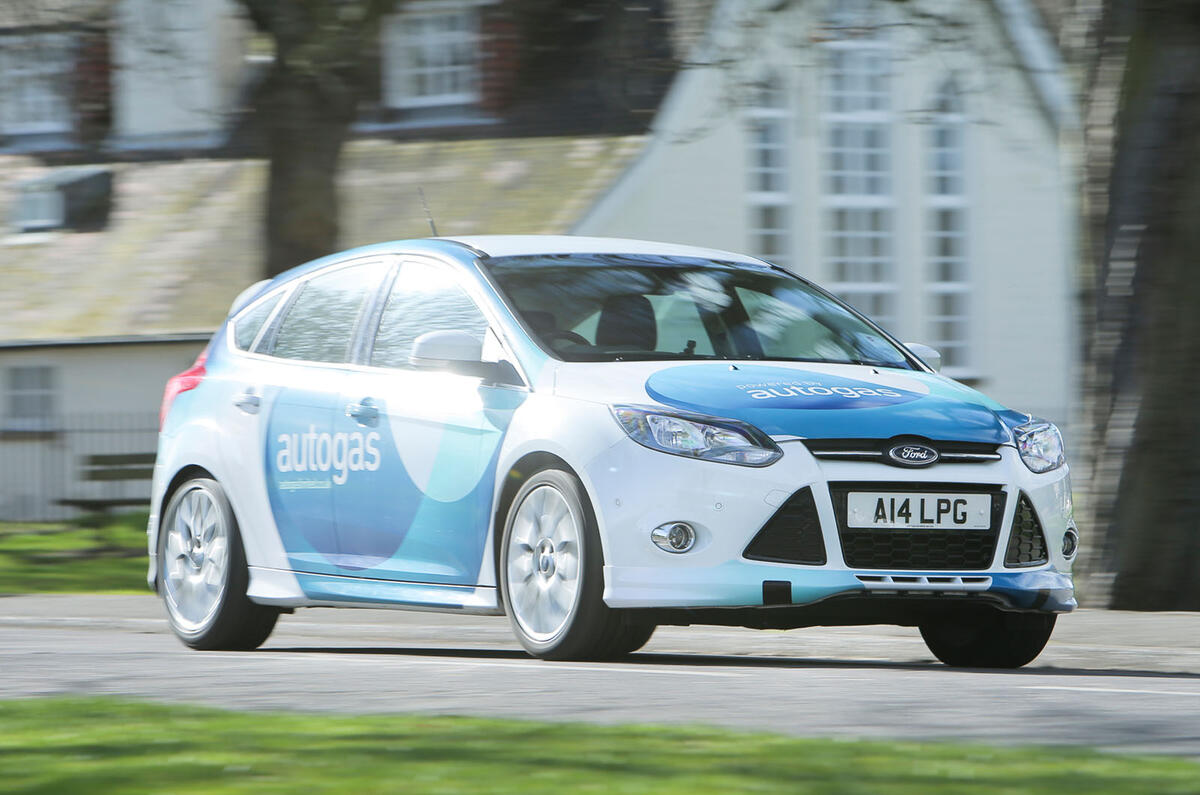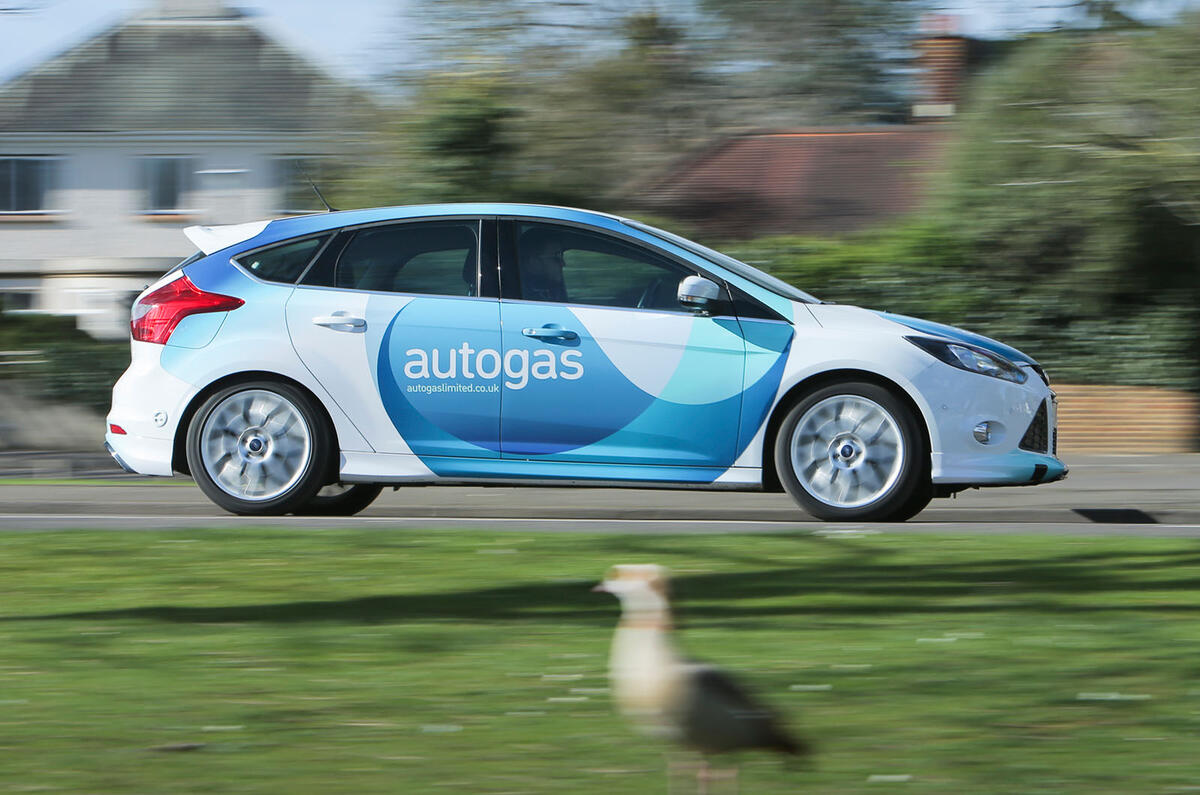We’ll forgive you if you’re not a regular visitor to the website of Berlin’s International Council on Clean Transportation. It isn’t in my browser's favourites bar either.
The only reason I know of the body’s existence is because a BBC radio news report I heard, in which a UK academic referenced a recent ICCT study with some rather alarming results.
Last year, the ICCT strapped portable emissions measurement systems like the ones used by our own True MPG economy testers to 15 new Euro-VI-emissions-compliant diesel production cars. It discovered that, in real-world driving, the cars’ emissions of nitrogen oxides were seven times higher than they should be. And that’s on average, by the way; not in a worst-case scenario. And not by a factor of two or three, or something else that could perhaps be explained away; seven times.
‘NOx’ being one of the nastier things your tailpipe can produce – linked specifically to smog formation in cities and respiratory problems – that’s certainly enough to make you question whether modern diesel combustion technology is developing quite as quickly as the car-makers are telling us.
The question is, what should you do instead? In what’s become a pretty savvy context into which to sell alternatively fuelled new cars – where people query the real-world economy of hybrids, the true well-to-wheel sustainability of national grid powered EVs and PHEVs, and in which an affordable hydrogen fuel cell car remains a distant prospect – what fuel do you choose now if you want to be responsible?
Elsewhere in Europe, the answer’s LPG. Liquid petroleum gas produces 90% less NOx than diesel, 40% less of it than petrol, and much less particulate matter than diesel too. It makes less CO2 than both conventional fuels on a well-to-wheel basis too, on account of LPG being a by-product of the world’s crude oil and natural gas industries.
Until a decade ago or so, a handful of UK car distributors offered LPG versions of their petrol models, but in 2005 the UK government wound up its Powershift grant scheme, via which you could get up to three-quarters of the extra cost of your LPG car back from the exchequer.



























Join the debate
Add your comment
This is impaired.
Most direct-injection LPG kits now use 5% petrol contribution to the LPG mixture, so a tank of petrol lasts far, far longer than 5 tanks, that’s simply an extreme exaggeration. As for starting from cold, again it switches to LPG very quickly using very little petrol.
For anyone doing 15k+ miles per year, LPG is a no-brainer, and is growing exponentially on the continent so will likely here too when the government figures out this simple equation.
Safe + cheaper + cleaner = no-brainer.
This article, whilst trying to be balanced, is misleading and should have consulted more LPG specialists rather than an n=1 of a Ford LPG car.
I had a company Vectra with
UK V Europe